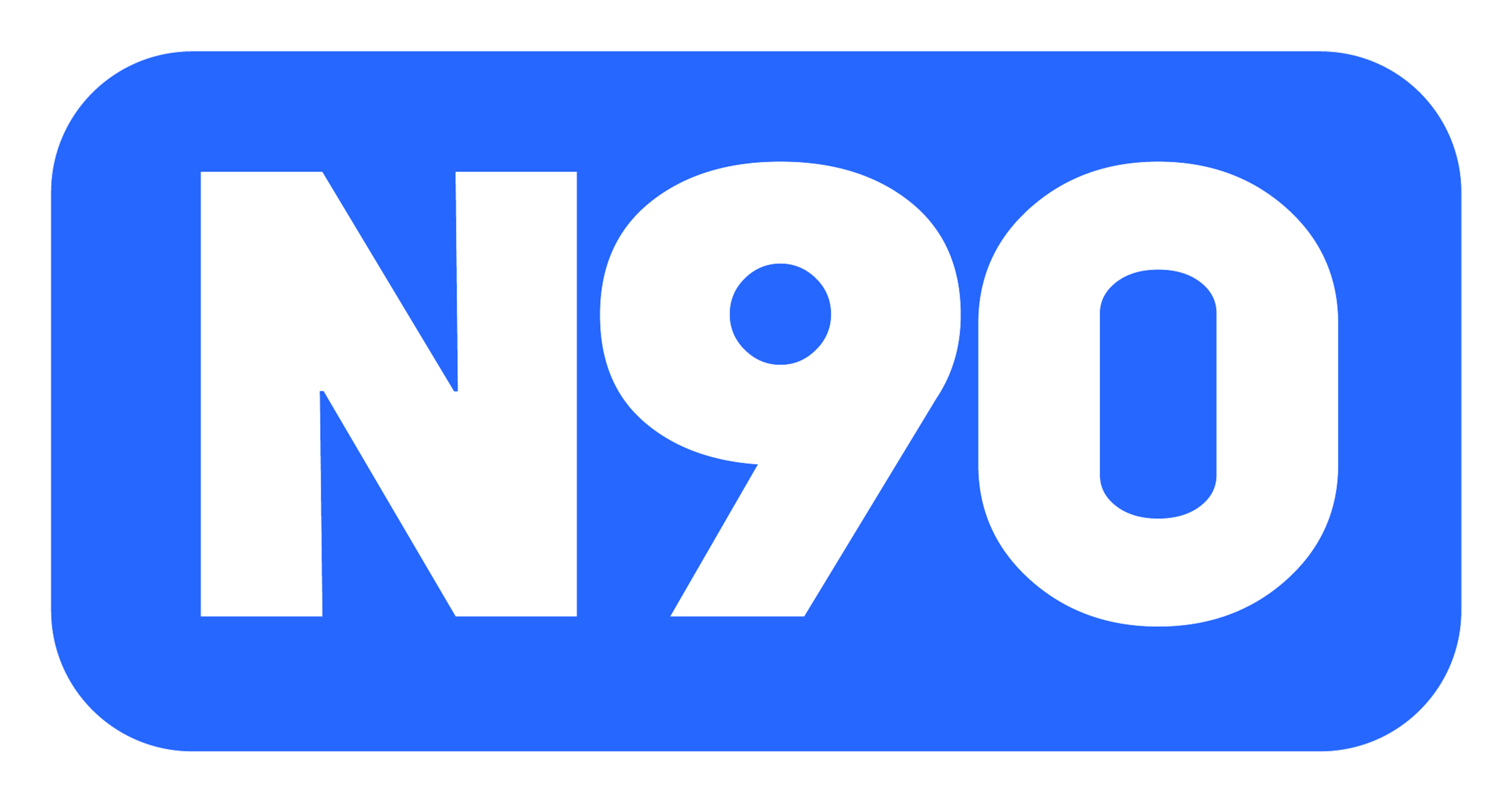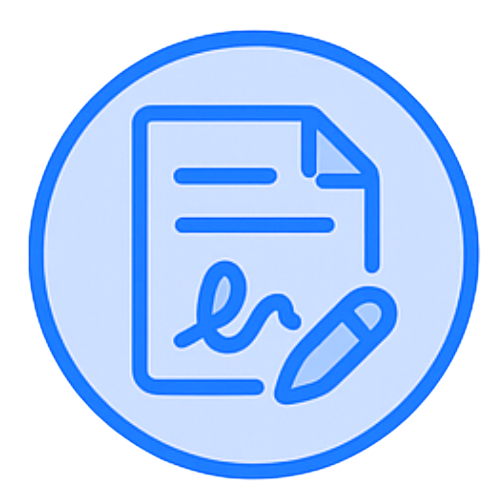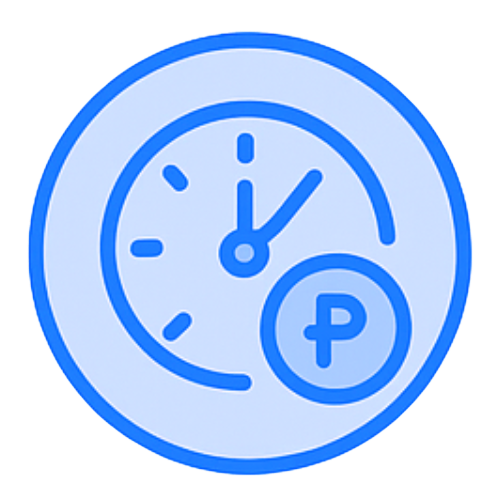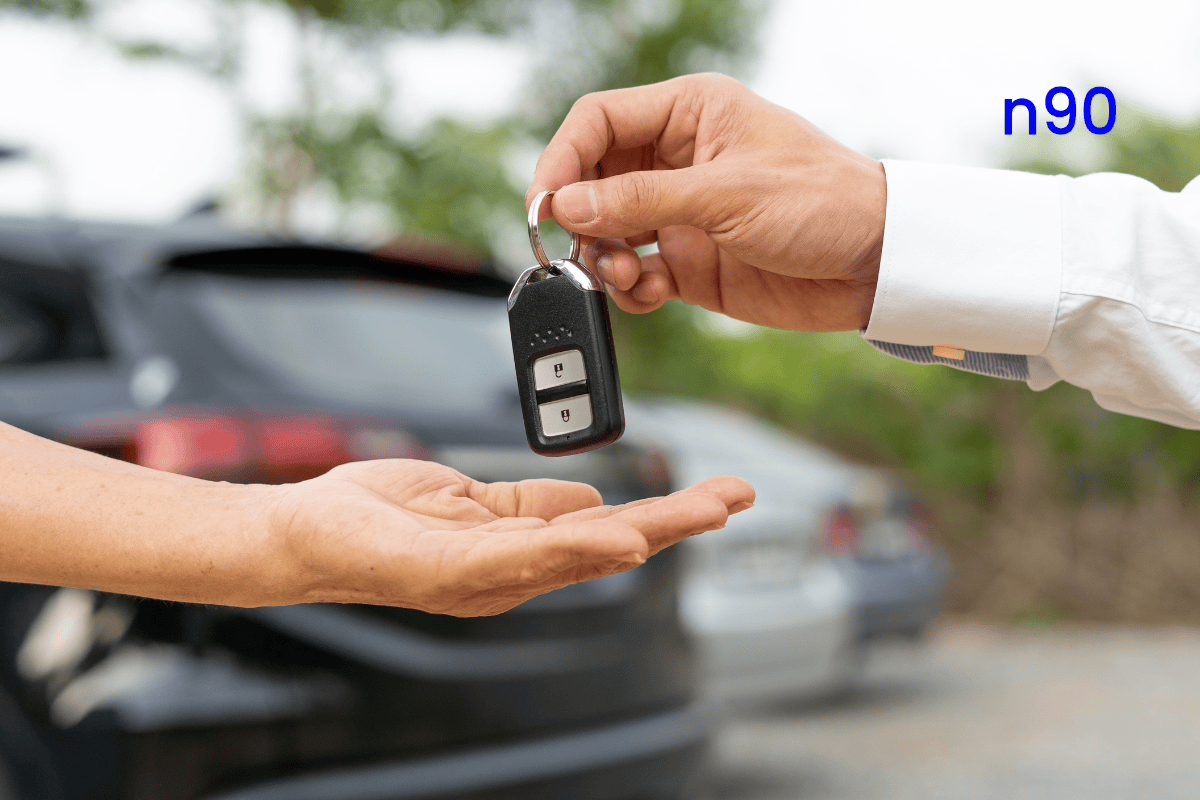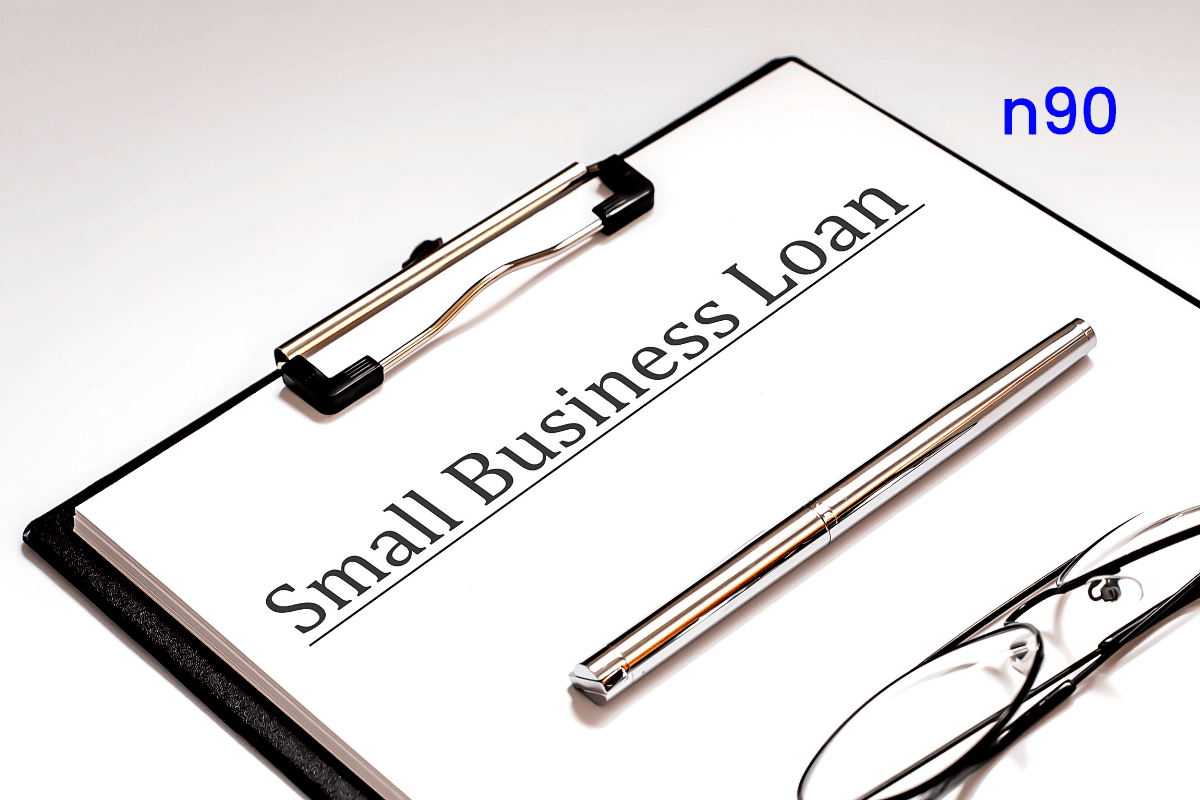Paying off a car loan is a milestone that brings a sense of achievement, yet it comes with its own set of tasks to finally call your car your own. What to do after paying off your car loan might seem daunting at first, especially with the multiple steps involved, including securing and canceling documents and updating registrations.
Many car owners are unsure of the procedures they need to complete once the loan is cleared, fearing that overlooked paperwork might create future issues. Therefore, with the help of this article, you will learn how to collect your collateral documents from the bank, cancel a chattel mortgage, and update your car's registration at the LTO.
1. Securing Your Collateral Documents
Securing your collateral documents after paying off your car loan is a crucial step in the Philippines. After you make your final payment, most banks notify you within 10 to 15 banking days about your original documents' availability, including the Release of Chattel Mortgage. To ensure you receive timely updates, it's important to keep your contact information current with the bank.
If you haven't heard from the bank within that period, contact their customer service directly. Some banks now offer the convenience of requesting loan documents via their official online channels.
Before heading out to collect your documents, make sure your car's registration is valid and free of any outstanding fines, as any issues with the LTO registration might delay document retrieval. To claim your documents, you need to visit the branch where you originally processed your loan. Make sure to bring a valid government-issued ID and prepare for a possible notarization fee ranging from PHP 300 to PHP 500.
If you cannot collect the documents personally, an authorized representative can do so on your behalf. They'll need a signed Authorization Letter or Special Power of Attorney (SPA), photocopies of both your IDs with original signatures, and their valid ID. If you live abroad, you will need a consularized SPA.
Some banks allow you to select a preferred branch for document collection and may email you with further instructions. Confirm the pickup schedule and make sure you have the complete list of documents to avoid repeat visits.
2. Cancel Your Chattel Mortgage at the Registry of Deeds
Cancelling the chattel mortgage at the Registry of Deeds is an essential step in gaining full ownership of your vehicle after paying off your car loan in the Philippines. This process formally releases the lender's claim on your car, ensuring that it is no longer 'encumbered.' Failing to cancel the chattel mortgage could lead to complications when transferring ownership or selling the vehicle in the future.
Before heading to the Registry of Deeds, it's crucial to prepare all requirements, such as a completed application form and valid identification. To cancel a chattel mortgage at the Registry of Deeds in the Philippines, you will need to prepare and submit the following documents:
- Original and Photocopy of the Loan Contract: This serves as proof of the loan agreement between you and the lender.
- Chattel Mortgage Form: A standard form used to document the mortgage agreement.
- Two Valid Government-Issued Photo IDs: You must present identification such as a Driver's License, Passport, or other government-issued ID to verify your identity.
- Taxpayer's Identification Number (TIN): Your personal tax identification number for official records.
- Original Certificate of Registration (CR) of the Vehicle: The official document proving ownership of the vehicle.
- The Latest Official Receipt (OR) of Vehicle Payment is proof of the most recent payment made for the vehicle.
- Chattel Mortgage Contract Duly Annotated or Stamped by the Registry of Deeds: The original contract with official cancelation stamps.
- Original Registered Promissory Note with Chattel Mortgage: The original note outlining the terms of the loan secured by the chattel mortgage.
- Two Copies of the Release of Chattel Mortgage: Documents formally releasing the mortgage claim.
- Motor Vehicle Inspection Report (MVIR): This report confirms the vehicle's condition and is typically required for registration purposes.
- Confirmation of CR/OR (CIR-91-137): If another LTO agency issued the Certificate of Registration and Official Receipt, this document confirms their validity.
The processing fee for canceling a chattel mortgage generally ranges from PHP 100 to PHP 500, depending on the mortgage value and office location. However, if the thought of handling complex financial documents feels daunting, there is an effective solution. In such instances, seeking advice from financial service providers such as n90, which specializes in clear and accessible financial solutions through their seamless SME and bridge loans, is a good idea.
It's beneficial to be aware that document preparation might be time-consuming, particularly if discrepancies or outdated information are present in your paperwork. Delays in processing could also occur if the authorized signatory at the Registry of Deeds is unavailable. Furthermore, if your loan was originally registered in a different city or province, traveling to the respective Registry and Land Transportation Office branch may be necessary, incurring more costs and time.
Also Read: Notarized Loan Agreement in the Philippines: A Sample Contract
3. Update Your Car's Registration at the LTO
After clearing your car loan, an important step is to update your car's registration at the LTO to reflect full ownership. This involves visiting the original LTO branch where your Certificate of Registration (CR) was issued. Start by bringing the officially stamped release of the chattel mortgage, which you obtained from the Registry of Deeds, along with the original CR.
Before heading to the LTO, ensure your current car registration is valid and free of any penalties. Late renewal fines can quickly accumulate, adding unnecessary expenses. Also, check if the LTO branch requires a vehicle inspection as part of the registration update. This inspection is crucial to confirm your car is in a usable condition.
Processing times at the LTO can vary significantly, so it's wise to manage your time effectively. Aim to visit the branch early or call ahead to understand their peak hours and average processing times. Once there, submit the necessary documents and pay any applicable fees. Having extra copies of all documents, such as the CR, Official Receipt, and proof of mortgage cancelation, can save time if additional copies are needed.
Once all procedures at the LTO are complete, you'll receive a new Certificate of Registration without the 'encumbered' status, signaling that the vehicle's ownership is now fully in your name. Insurers often require this updated registration when renewing your car insurance.
Also Read: Getting a Car Collateral Loan in The Philippines
4. Renew Your Car Insurance Policy
After paying off your car loan in the Philippines, renewing your car insurance policy is a pivotal step to ensure continued protection of your vehicle. The first thing to do is notify your insurance provider of the removal of the lienholder from your policy. They might request proof of your lien-free title before updating their records, which ensures that any insurance payout will be directed to you rather than the lender. For reference, you can check out this Reddit thread.
As you renew, consider examining different insurance options. If the initial insurance was bundled with your bank-financed loan, you may now have the flexibility to explore competitive alternatives. This could potentially reduce costs while offering tailored coverage that aligns with your needs. Here are some car insurance providers operating in the Philippines:
- AXA Philippines: Offers comprehensive car insurance with 24/7 claims assistance.
- Malayan Insurance: Provides AutoMaster Car Insurance with extensive coverage options.
- Paramount Direct: Offers motor insurance with customizable coverage to suit individual needs.
- BDO Insure: Provides comprehensive car insurance plans with financial protection against damages or theft.
- Alliedbankers Insurance Corporation: One of the top non-life insurance companies offering affordable premiums and broad coverage.
Additionally, scrutinize the available policy add-ons for enhanced protection. Living in the Philippines comes with unique risks such as frequent typhoons and floods. Therefore, add-ons like Acts of Nature coverage are particularly beneficial. Depending on your locality, protections such as theft or personal accident insurance can also be crucial.
Ensuring your driving record remains clean can lead to significant discounts, such as loyalty perks or no-claim bonuses, further reducing your premium. Moreover, bundling your car insurance with other policies, like home or health insurance, can yield savings. Several insurers offer discounts for policy bundling, so it's worth exploring these options.
Finally, take this time to reassess the type and extent of coverage you require. As your car ages, evaluating the cost-effectiveness of comprehensive versus third-party liability plans or adjusting based on depreciation could save money while maintaining adequate protection.
Also Read: Bank Auto Loan vs Dealer Car Financing in the Philippines: Which is Better?
5. Complete All Associated Paperwork
After you've successfully paid off your car loan in the Philippines, it's time to handle the remaining paperwork and savor the achievement. The first step is updating your car's registration. Banks typically need proof of updated registration before releasing documents.
Next, you'll need to draft a formal cancelation letter to your bank or lender. This letter should clearly request the cancelation of the loan, the release of your chattel mortgage, and the return of your original documents, such as the loan contract and the CR and OR. Gather all necessary paperwork and IDs. Submitting this letter along with the relevant documents to your bank or financing company is crucial for processing the release of your papers.
If you're in the provinces, you might want to contact the bank to find out if you can send your documents to a nearby branch, potentially saving you time and hassle; an authorization letter may be required for this. However, if you find this process cumbersome, a strategic financial partner such as n90 can assist in managing documentation efficiently for future dealings, offering both convenience and security for your business needs.

Taking these steps not only affirms your commitment to financial responsibility but also serves as a motivational boost for pursuing other financial goals. For further insights and practical ideas on what to expect after paying off a car loan, check out this helpful YouTube video: What to Do After Paying Off Your Car Loan.
6. Reflect on Your Loan Completion Journey
Once your car loan is fully paid off, one of the first steps you should take is to secure your new unencumbered Certificate of Registration from the Land Transportation Office (LTO). After your lender provides you with a lien termination document, you can obtain this updated certificate, which signifies exclusive vehicle ownership. It's crucial to make photocopies of this document and store both the original and the copies safely.
The Certificate of Registration is a vital proof of ownership, necessary for various legal and operational purposes, such as traffic inspections or future registration renewals.
Reaching the end of your car loan is more than just a check off your financial to-do list; it's a significant personal milestone. This accomplishment reflects not only financial discipline but also your commitment to long-term financial goals. Take this moment to appreciate the journey, as it serves as a testament to your financial responsibility.
Moreover, this is an ideal time to rethink how you might redirect the funds that were previously allocated to car payments. Whether it's building up your savings, investing, or pursuing other financial goals, reallocating these funds can significantly impact your future economic stability. Reflecting on this progress provides a clearer understanding of how such achievements shape your financial path forward.
Conclusion
In conclusion, paying off your car loan in the Philippines is a significant financial milestone. After fully settling your car loan, it's important to ensure that the necessary documentation is updated, such as retrieving your car title and checking for any remaining liens or encumbrances. Additionally, if the car is now fully owned, you can use it for business purposes, such as ride-hailing or starting a car rental service.
NBFIs like n90 offer valuable financial support to entrepreneurs looking to expand their businesses, especially in the car rental or taxi industry. n90 complies with all lending regulations and provides tailored financing options, including SME loans, invoice financing, and bridge loan options.
These solutions can help entrepreneurs quickly secure the necessary capital to launch or grow their businesses, allowing them to utilize their paid-off cars as assets to generate income. With n90's fast and flexible financing options, entrepreneurs can confidently take the next step in their business ventures. Connect with us at n90 today to learn more.
Frequently Asked Questions (FAQs)
1. Do I need to do anything after paying off a loan in the Philippines?
Yes, after paying off a loan in the Philippines, you should request a loan release document or certification of full payment from the lender. If your loan was secured by collateral, like a car or property, ensure that the corresponding mortgage or lien is officially released at the relevant registry.
2. What happens to your credit score when you pay off a car loan?
When you pay off a car loan, your credit score may improve. This is because your credit utilization ratio decreases, and your debt-to-income ratio improves. However, if you have a history of late payments, the effect may be minimal.
3. What happens when you pay your loan in full?
When you pay off your loan in full, you clear your outstanding debt and improve your debt-to-income ratio. You'll receive a loan closure certificate or release document from the lender. This can positively impact your credit score by showing responsible borrowing behavior. If the loan was secured with collateral, the lien or mortgage will also be released.
4. What happens after a loan is written off?
When a loan is written off, it means the lender considers it as unrecoverable due to non-payment or other reasons. However, the borrower is still liable for the debt. A written-off loan can negatively affect the borrower's credit score and may lead to legal actions for recovery.
